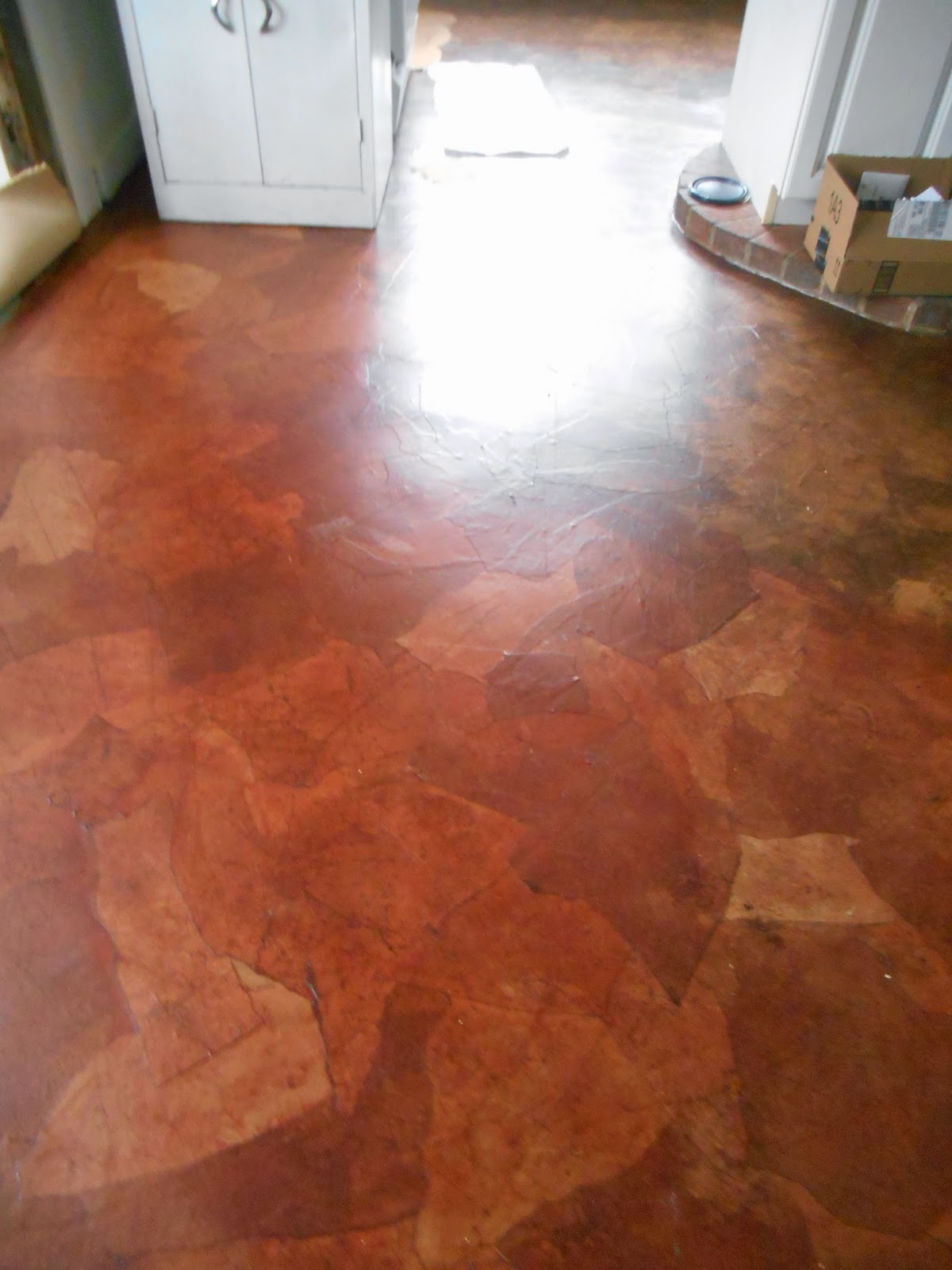Chapter 1 draft: Life at Sea
In 1992, two artists comrades and myself drove to New York City to see a few shows and visit some galleries. I parked my Volvo station-wagon on Prince Street, or thereabouts, as I recall, between SoHo and Chinatown. When we returned, my camera, my Ricoh manual, entirely manual, had been stolen out of the car.
The two parts of the event that I remember are the car I was driving and the type of camera I had. The Volvo stationwagon drove like a insect, maneuvering turns on a mere wing-beat, had the weight of a small tank and so could plow over snowbanks and sidewalk curbs without disturbing the driver much, and sounded like wind over sand--quiet. I also knew it had a steel interior frame with resilience of the body of a 20 year old. It also had enough space between the front seat and rear window to carry six-foot paintings that were five feet wide. I also knew my Ricoh camera could operate as well as any high fancy $1000 camera, so long as I knew how to use it. I was the operating instructions, rather than the camera itself, and being a painter, someone who likes to be in entire command of all aspects of how she structures her life, I knew the instructions.
To me, a painter, an artist, is someone who make conscientious choices about their values. They think about what they're choosing and why. Also, they're journeymen, rather than employees.
One also might consider them hysterical beings, by and large. Not necessarily obsessive, but by and large generally hysterical--having trouble with authority figures, needing authority figures in order to survive, getting confused about who they are (bodily, financially, emotionally) in relationship to authority figures, and then becoming paralyzed in the process of trying to do all this.
The current definition of hysterical is portrayed by an overly seductive woman--short skirt, tightened boobs, and pouting lips, if sexually frigid, but this is not what Freud originally portrayed when he named his female clients "hysterical." He was seeing women who were paralyzed in some area of their bodies, or, I think now, their minds.
The two parts of the event that I remember are the car I was driving and the type of camera I had. The Volvo stationwagon drove like a insect, maneuvering turns on a mere wing-beat, had the weight of a small tank and so could plow over snowbanks and sidewalk curbs without disturbing the driver much, and sounded like wind over sand--quiet. I also knew it had a steel interior frame with resilience of the body of a 20 year old. It also had enough space between the front seat and rear window to carry six-foot paintings that were five feet wide. I also knew my Ricoh camera could operate as well as any high fancy $1000 camera, so long as I knew how to use it. I was the operating instructions, rather than the camera itself, and being a painter, someone who likes to be in entire command of all aspects of how she structures her life, I knew the instructions.
To me, a painter, an artist, is someone who make conscientious choices about their values. They think about what they're choosing and why. Also, they're journeymen, rather than employees.
One also might consider them hysterical beings, by and large. Not necessarily obsessive, but by and large generally hysterical--having trouble with authority figures, needing authority figures in order to survive, getting confused about who they are (bodily, financially, emotionally) in relationship to authority figures, and then becoming paralyzed in the process of trying to do all this.
The current definition of hysterical is portrayed by an overly seductive woman--short skirt, tightened boobs, and pouting lips, if sexually frigid, but this is not what Freud originally portrayed when he named his female clients "hysterical." He was seeing women who were paralyzed in some area of their bodies, or, I think now, their minds.

Comments